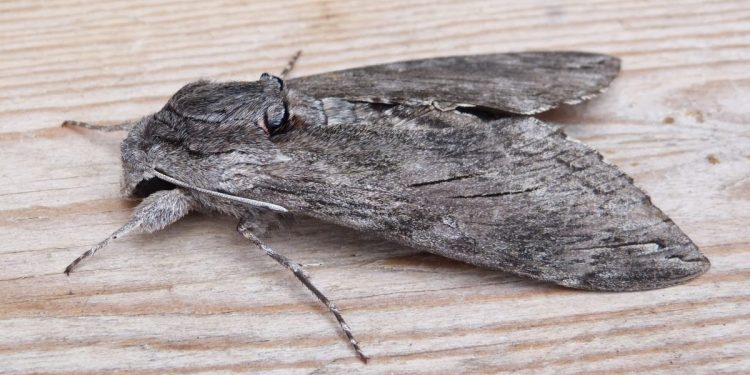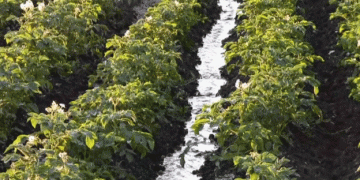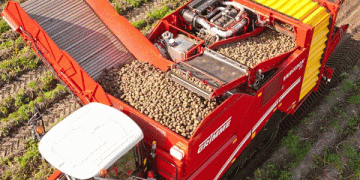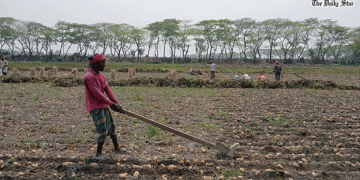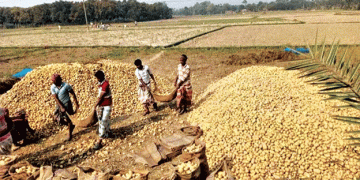#PestControl #Agriculture #CropProtection #CarobFruit #IntegratedPestManagement
Ectomyelois ceratoniae, commonly known as the Carob moth, is a devastating pest that causes significant damage to various crops, including almonds, pistachios, dates, and especially carob. These moths are found worldwide, and their presence in orchards and plantations can result in significant economic losses. In this article, we will discuss the development and consequences of Ectomyelois ceratoniae infestations, as well as ways to control their spread and minimize the damage they cause.
Development of Ectomyelois ceratoniae Infestations
Ectomyelois ceratoniae moths are small, beige or gray-brown insects with a wingspan of 15-20 mm. They lay their eggs on the surface of the fruit, and once the larvae hatch, they bore into the fruit and start feeding on its contents. The larvae continue to feed and grow inside the fruit, causing significant damage and rendering it unsuitable for consumption or sale. The pupal stage of the moth occurs inside the fruit, and adult moths emerge to repeat the cycle.
Consequences of Ectomyelois ceratoniae Infestations
Ectomyelois ceratoniae infestations can cause significant damage to crops, resulting in reduced yields and financial losses for growers. In addition, infested crops can be rendered unfit for human consumption or sale, leading to further losses. The spread of these moths can also lead to the need for increased pesticide use, which can have negative environmental consequences.
Ways to Control Ectomyelois ceratoniae Infestations
There are several ways to control Ectomyelois ceratoniae infestations, including cultural, biological, and chemical methods. Cultural methods involve practices such as sanitation, crop rotation, and pruning to reduce the presence of the moth’s habitat. Biological methods include the use of natural enemies such as parasitic wasps, which can help control the spread of the moth. Chemical methods involve the use of pesticides to control infestations, but care must be taken to avoid negative environmental consequences.
Conclusion
Ectomyelois ceratoniae infestations can have significant consequences for crop growers and the environment. Implementing effective control measures is critical to minimize the spread of these moths and reduce the damage they cause. By utilizing a combination of cultural, biological, and chemical methods, growers can better protect their crops and avoid financial losses.
